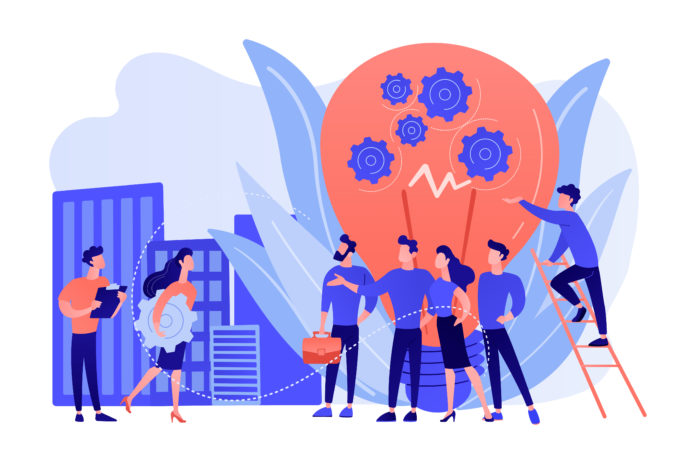Be it the Great Resignation, the Great Reshuffle, or the Great Reimagination, the pace at which the pandemic spread and the adoption of technology by organizations in the past two years made it abundantly clear that learning, skilling, and training are the core elements of the future of work.
Organizations that survived and thrived amid the adversities of the global labor market are smart organizations that seize every opportunity to develop themselves.
They were the organizations that prioritized the wellbeing of their employees, adopted technological tools to ease the transition from “work from office” to “work from home”, and emphasized reskilling and upskilling initiatives.
Organizations, employers, and individuals who aim to be successful in the third year of the pandemic must be willing to balance organization-driven wants and learner-driven wants.
Learners over learning platforms
Migrating in-person reskilling and upskilling programs to the virtual realm is not as simple as “merely uploading all the elements of an in-person training course to a digital platform,” said Adrianus Yoza Aprilio, Founding Member of the ASEAN Future Workforce Council.
Today’s digital learning platforms come in various forms including immersive VR/AR, experiential learning platforms, microlearning, and mobile learning. Each of these platforms have their own advantages and disadvantages depending on who the target learners are and their background.
Most of these digital learning platforms would be inaccessible to learners in Indonesia. This is because of the lack of digital infrastructure to make learning inclusive and accessible across Indonesia’s 13,000 islands and more.
Therefore, when organizations choose their preferred learning platforms – be it digital, hybrid, or in-person – they must consider their current and future employees’ accessibility and fluency with technology.
Human element before innovativity
The pandemic forced employers to reconsider their understanding of who an ‘ideal employee’ is.
Not only is the current and future workforce multigenerational, it comprises a large group of women and working parents who are essential to an organization’s talent pipeline.
As such, smart employers recognize the need to “intentionally build relationships with people they never thought about connecting with,” said Jane Low, Manager and Learning Advisor of Shell.
In doing so, it illustrates that organizations are willing to put their people first.
After all, no matter how innovative or creative a reskilling and upskilling strategy is, if the human element of an organization is not addressed – nothing matters.
Power skills, not soft skills
It may seem that technology has taken the front seat in the workplace and workflow, the social isolation that was forced upon us the past two years proved that skills commonly referred to as soft skills are equally important to thrive in the future of work.
Whether it is identifying the right learning platform to nurture a lifelong learning and learner-centric culture within the workplace or adapting to the changing dynamics of the workforce, employers must know how to lead, manage, and communicate effectively for the organization to be successful.
Moreover, collaboration and empathy are key in creating a healthy and powerful workforce.
As such, what was once known as soft skills ought to be renamed “power skills” as these are the skills that will power the future of work.




